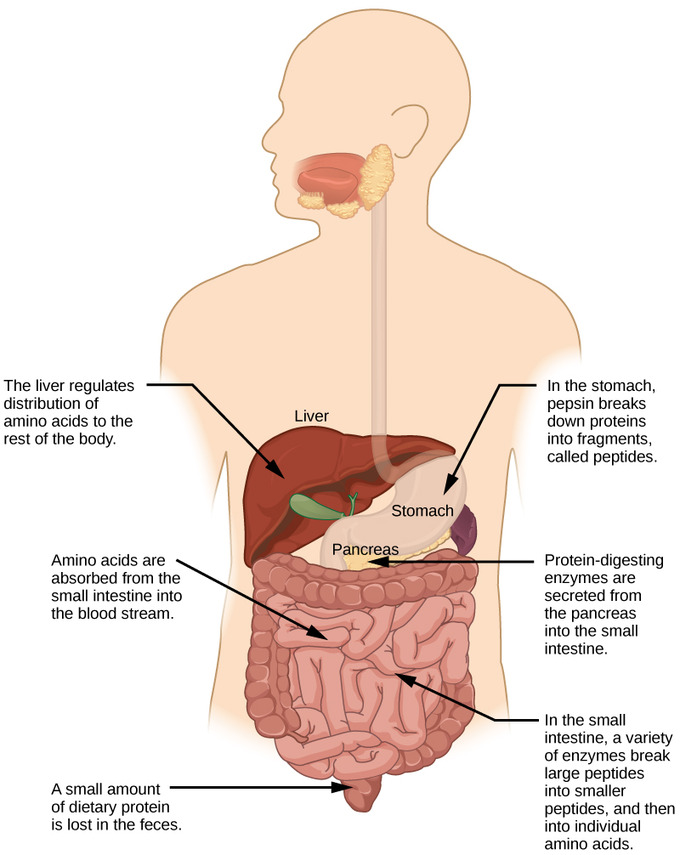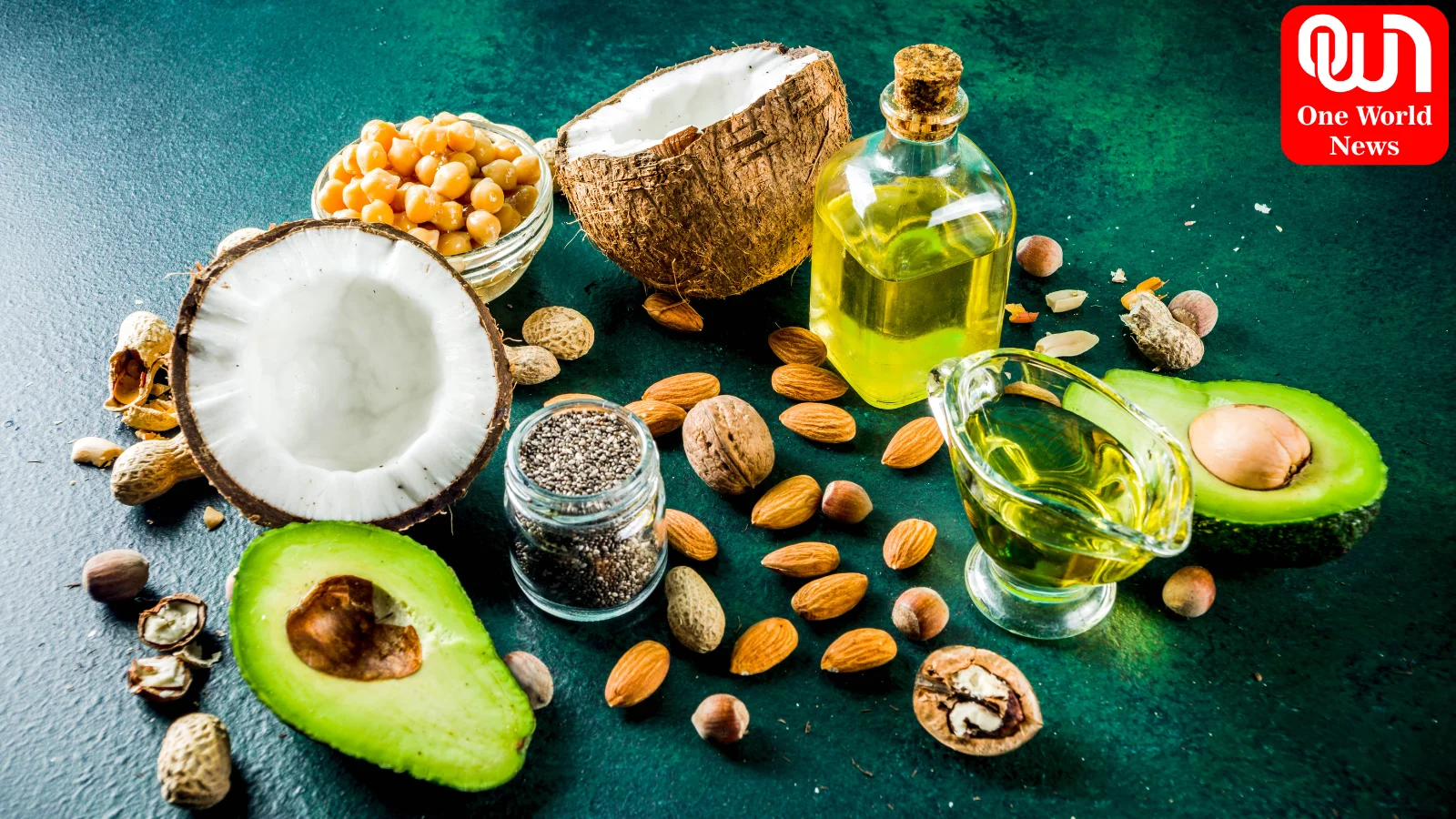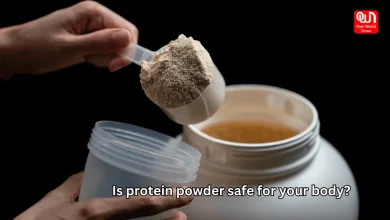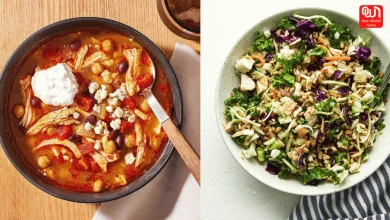Unravelling the Digestive Symphony: Know how are fats digested in our bodies, the Intricate Process of Fat Metabolism in the Human Body

In the intricate orchestra of human digestion, fats play a crucial role, contributing to the body’s energy reserves and serving as building blocks for essential molecules. The journey of fats in our bodies begins long before they enter our digestive system. As we indulge in a diverse array of foods, fats in the form of triglycerides are already present in the foods we consume, whether it be the marbling in a juicy steak or the creamy texture of avocado.
The Mouth’s Prelude: Lingual Lipase Initiates the Breakdown
The first stage of fat digestion begins in the mouth. Although oral digestion is often concentrated on carbohydrates, the subtle entry of lingual lipase (an enzyme produced by salivary glands) cannot be ignored. Lingual lipase starts to break triglycerides into smaller compounds which provides a basis for further digestion in the stomach.
Read more: Year ender 2023: What you need to know about male breast cancer
Gastric Harmony: Stomach’s Role in Emulsification
Passing through the stomach, food must cope with the acidic environment. Gastric lipase adds its contributions to the digestive symphony. Working in concert with lingual lipase, gastric lipase continues breaking down triglycerides into even smaller droplets. This is called emulsification, and it gets the fats ready for act two in the small intestine.
Pancreatic Crescendo: The Enzymatic Action of the Small Intestine
The small intestine is the star of the digestive process, in which most nutrient uptake takes place. This is where the pancreas comes in, releasing its lipase enzyme as well as coliprose and bile salts. The star is pancreatic lipase, which splits triglycerides into fatty acids and monoglycerides. Colipase stabilizes the activity of pancreatic lipase, allowing fat digestion to take place smoothly. At the same time, bile salts play an important role in emulsifying fats. They also provide a good environment for enzymes to get to work.
Villi and Microvilli Choreography: Absorption in the Intestinal Lining
Once the fats have been broken down into their simplest forms, then absorption is next up in the small intestine. The lining of the small intestine is covered by finger-shaped projections known as villi and microvilli, giving it an enormous surface area on which to absorb nutrients. These two components–fatty acids and monoglycerides are carried into the enterocytes of the small intestine. Once inside the enterocytes, these lipids are recombined into triglycerides and placed in chylomicrons–lipoproteins specially designed to transport fats through the bloodstream.
Read more: Discover 5 Walking Mistakes To Avoid For Overall Health And Fitness
The Circulatory Ballet: Chylomicrons in Action
After being discharged into the lymphatic system, chylomicrons travel through the bloodstream to carry lipids to different tissues and organs that require energy or storage. Chylomicrons gradually disappear during the circulatory ballet as tissues draw the necessary fats out of them. Chylomicron leftovers are eventually absorbed by the liver, concluding the cycle of fat metabolism.
We’re now on WhatsApp. Click to join.
Fats in Cellular Energetics and Metabolic Resonance
Fats are not just a source of energy; they are essential to the operation of cells. The byproduct of fat digestion, fatty acids, provides a substantial energy source for several tissues, particularly during periods of extended fasting or vigorous exercise. Moreover, fats contribute to the structure of cell membranes and serve as precursors for essential molecules like hormones and signalling molecules.
Conclusion: The Harmonious Culmination
The digestion of fats in the human body is a harmonious symphony of enzymes, acids, and specialized structures working in unison to extract essential nutrients from the foods we consume. Understanding this intricate process not only sheds light on the complexity of our digestive system but also emphasizes the vital role that fats play in maintaining our overall health and well-being. As we savour the diverse flavours on our plates, it’s worth appreciating the meticulous choreography within our bodies that transforms each bite into a nutritional masterpiece.
Like this post?
Register at One World News to never miss out on videos, celeb interviews, and best reads.









